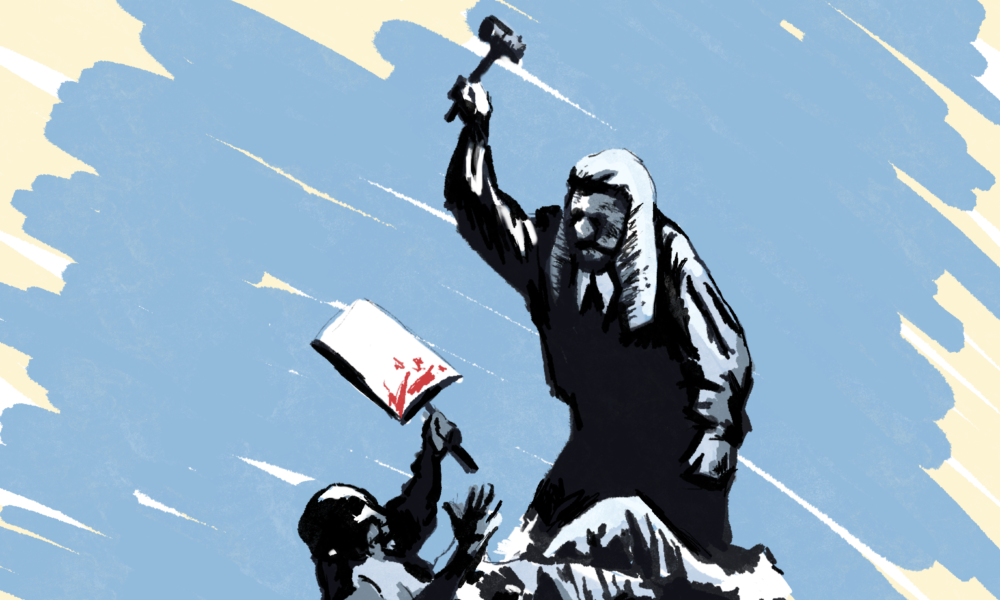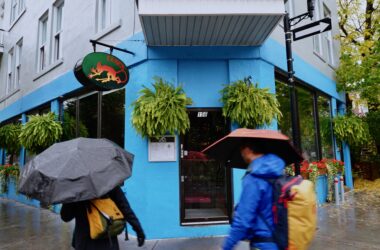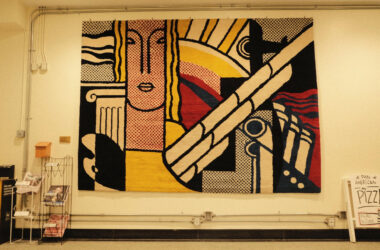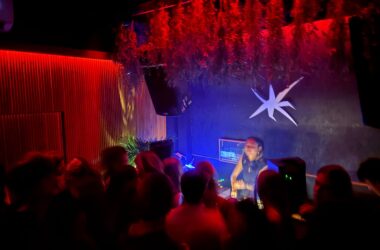On Sept. 8th, street artist Banksy unveiled a new mural on an outer wall of the Royal Court of Justice in central London. The mural depicted a judge beating a protester lying on the ground with a gavel covered in blood—a haunting image that sharply criticizes the British justice system. Within hours, officials surrounded the mural with metal barriers, and within 48 hours, they had removed it completely, setting off a debate on the political censorship of art.
In July 2025, the UK government identified Palestine Action, a pro-Palestinian action network founded in 2020, as a terrorist organization. The organization’s ban occurred after activists broke into a Royal Air Force base and impaired two military aircraft. The proscription stated that any individual who was a member of or supporter of the organization would be committing an offence punishable by up to 14 years in prison. In response, the group led a peaceful protest, which resulted in about 900 arrests on Sept. 6th. Banksy’s mural on the Royal Court of Justice did not appear out of nowhere; it surfaced after the waves of arrests that occurred, alluding to the human rights violations and extreme censorship by Britain’s justice system.
The subsequent censorship of Banksy’s mural further illustrates the whole purpose of street art: Its impermanence. Graffiti and street art are forms of civil disobedience and political activism. Artist Jean-Michel Basquiat began his artistic career as a street artist, addressing topics such as racism and social inequity. Similarly, Keith Haring also started out as a street artist, turning public spaces into urgent commentaries on the AIDS crisis and apartheid.
Many in the elite art scene have described graffiti and street art as ‘vandalism,’ thus devaluing its cultural significance. Yet, contemporary art’s inherent inaccessibility to anyone but the wealthy is what makes street art so important. It pushes boundaries and is accessible to everyone. Banksy likely knew that his mural in London would be removed, but he also knew that the impermanence of his work would highlight increased censorship surrounding the genocide of the Palestinian people. This makes the removal of the art just as powerful as his original piece.
This is not the first time that Banksy has created art about Palestine. In 2005, Banksy and his team of artists painted seven murals on the West Bank Wall, the political border between Palestine and Israel. This wall and other blockades put in place by Israel have led to strict surveillance on the Palestinian people and have also restricted their movement, making Gaza and the West Bank the largest open-air prisons in the world. One of the murals depicts two children creating sandcastles, and above them is an illusion of a broken piece of the West Bank Wall. The broken piece illustrates a beach, creating an idea of a paradise beyond the wall. Banksy faced backlash from the Israeli government for painting these murals, similar to the negative response from the British government.
The censorship of art discussing Israel and Palestine, and the censorship of art in general, limits important discussions which can lead to ignorance on these topics. Freedom of expression is one of the most important features of art, and censorship of public artworks completely disregards the artist’s perspective and intention. Once we are no longer afraid to listen to the opinions of others through creative expression, we can expand our perspectives on crucial political topics.









